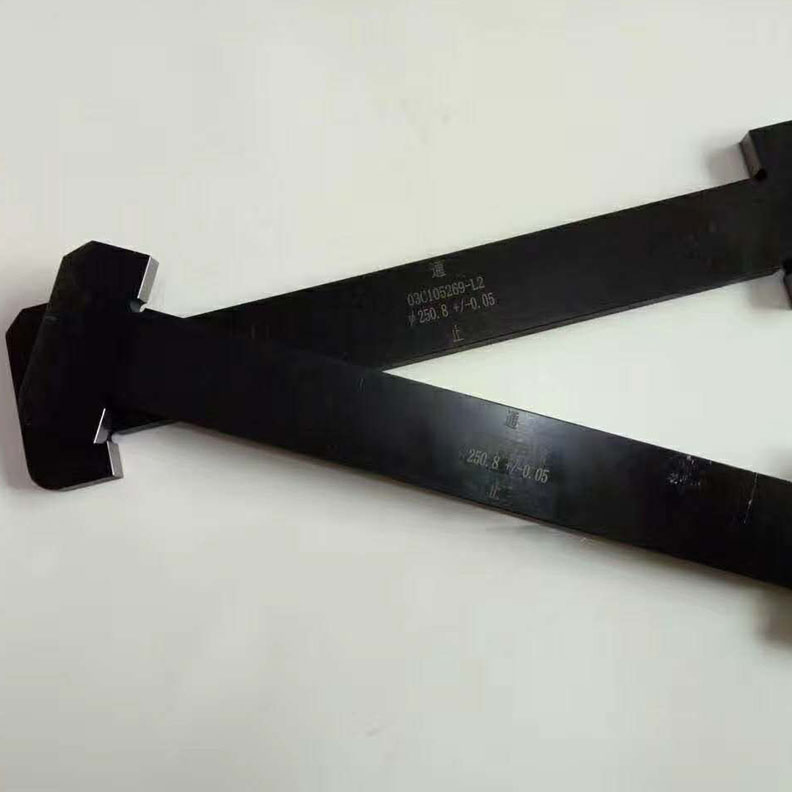Aug . 06, 2024 09:00 Back to list
Effective Solutions for Preventing Bird Nesting and Maintaining Clean Public Spaces
The Importance of Pigeon Spikes in Urban Environments
Urban environments present unique challenges when it comes to managing wildlife, particularly birds such as pigeons. Pigeons have adapted remarkably well to city life, often seen roosting on buildings, statues, and other structures. As they become increasingly comfortable in these settings, cities face numerous problems, including property damage, health risks, and aesthetic concerns. One effective solution to combat the growing pigeon population is the installation of pigeon spikes.
Pigeon spikes, often made of stainless steel or plastic, are designed to prevent birds from landing or roosting on structures. These spikes are typically installed on ledges, rooftops, and other surfaces where pigeons are likely to perch. Unlike harmful deterrents, the purpose of pigeon spikes is not to harm the birds but to create an environment that discourages them from settling in particular areas.
One of the primary benefits of pigeon spikes is their ability to protect buildings and monuments from damage. Pigeons, like many birds, produce droppings that are acidic and can cause significant deterioration over time. This can lead to costly repairs for property owners and cities alike. By installing pigeon spikes, stakeholders can reduce the likelihood of pigeons roosting in sensitive areas, thereby preserving the integrity of their buildings and minimizing maintenance expenses.
Additionally, pigeon droppings pose serious health risks. They can transmit diseases such as histoplasmosis, cryptococcosis, and psittacosis, which can affect not only the birds themselves but also humans who come into contact with contaminated surfaces. By preventing pigeons from roosting in public spaces, cities can help mitigate these health risks, protecting residents and visitors alike.
pigeon spikes

Moreover, pigeon spikes are an effective way to maintain the aesthetic appeal of urban landscapes. Pigeons often congregate in large numbers, leading to unsightly messes that diminish the visual quality of public spaces. Installations of spikes help maintain clean, attractive environments, making cities more enjoyable for both locals and tourists. This becomes especially important in areas that are pivotal for economic activity such as shopping districts and tourist attractions.
Critics of pigeon spikes argue that they are merely a temporary solution and may not address the root causes of urban pigeon populations. While it is true that spikes alone cannot eliminate the presence of these birds, they are part of a broader integrated pest management strategy. Combining spikes with other approaches, such as habitat modification, public education, and community engagement, can significantly reduce pigeon numbers and their associated problems.
Public education also plays a critical role in managing the urban pigeon population. Many individuals unknowingly contribute to the issue by feeding pigeons, which encourages larger flocks. By raising awareness about the unintended consequences of feeding these birds, communities can foster a more balanced urban ecosystem.
In conclusion, pigeon spikes serve as a practical and humane solution to the challenges posed by urban pigeons. By preventing roosting, they protect buildings from damage, reduce health risks associated with bird droppings, and enhance the visual appeal of towns and cities. While they are not a standalone solution, pigeon spikes can play a vital role in a comprehensive strategy to manage pigeon populations. As urban environments continue to evolve, innovative solutions like pigeon spikes will be essential in creating harmonious cohabitation between cities and their wildlife.
-
Why Metric Trapezoidal Thread is Ideal for Precision Motion ControlNewsAug.05,2025
-
The Unique Properties of a Block of Granite for Industrial UseNewsAug.05,2025
-
The Role of Flanged Y Strainers in Preventing Pipeline ClogsNewsAug.05,2025
-
The Importance of Regular Calibration for Master Ring GagesNewsAug.05,2025
-
How a Cast Iron Surface Table Enhances Accuracy in ManufacturingNewsAug.05,2025
-
Comparing Different Check Valve Types for Optimal Flow ControlNewsAug.05,2025
Related PRODUCTS









